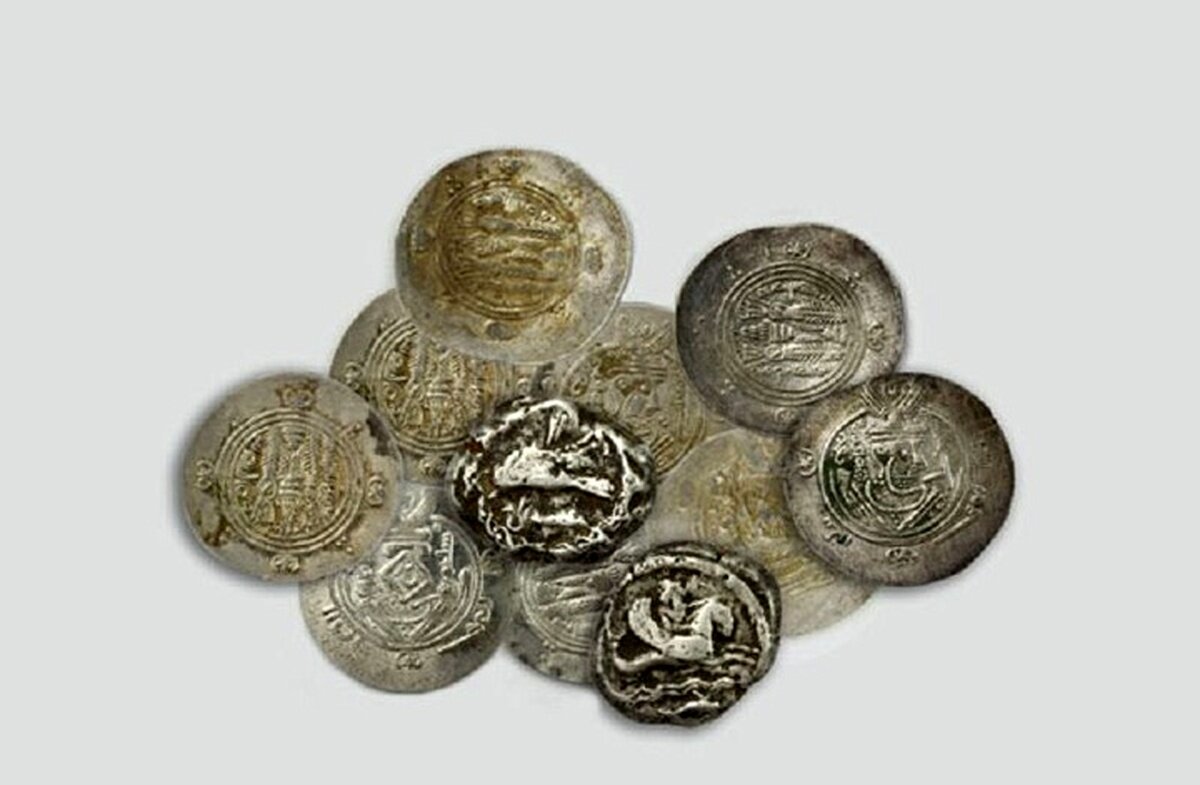Collector donates silver coins to Mashhad museum

TEHRAN – An Iranian collector has donated over 500 ancient silver coins to the Astan Quds Razavi Museum located in Mashhad, northeast Iran.
Donated by Mahammad-Hossein Yazdinejad, the coins were minted dating in the Sassanid era (224 CE–651) and the succeeding Islamic epoch, ILNA reported.
Around 220 CE, the mighty Sassanid Empire introduced the concept of thin flan coins, issues that were struck in relief on both sides. In order not to produce intolerable stresses in the dies, since the thinner the material the more force necessary to make it flow into the recesses of the die’s design, the depth of relief on such coins was of necessity much shallower than with earlier currency. Such techniques spread by way of Byzantium to northern Europe, where the emperor Charlemagne struck thin flan deniers (small silver coins), or pennies, which became characteristic of both his own and neighboring kingdoms.
About 651 CE, the Muslim conquest of Persia, also known as the Arab conquest of Iran, led to the fall of the Sasanian Empire that encompassed all of present-day Iran and Iraq and stretched from the eastern Mediterranean to Pakistan, and from parts of southern Arabia to the Caucasus and Central Asia at its greatest extent. The rise of Muslims coincided with an unprecedented political, social, economic, and military weakness in Persia. The conquering Muslims at first mimicked the coinage of their predecessors. In the western provinces, they issued gold and copper pieces imitated from contemporary Byzantine coins, modifying the cross on the reverse of the latter somewhat to suit Muslim sensibilities. In the eastern provinces, the Arab governors issued silver dirhams that were copies of late Sasanian coins (mainly those related to Khosrow II; with the addition of short Arabic inscriptions on the margin and often the name of the Arab governor in Pahlavi; even the crude representation of the fire altar was retained.
AFM
